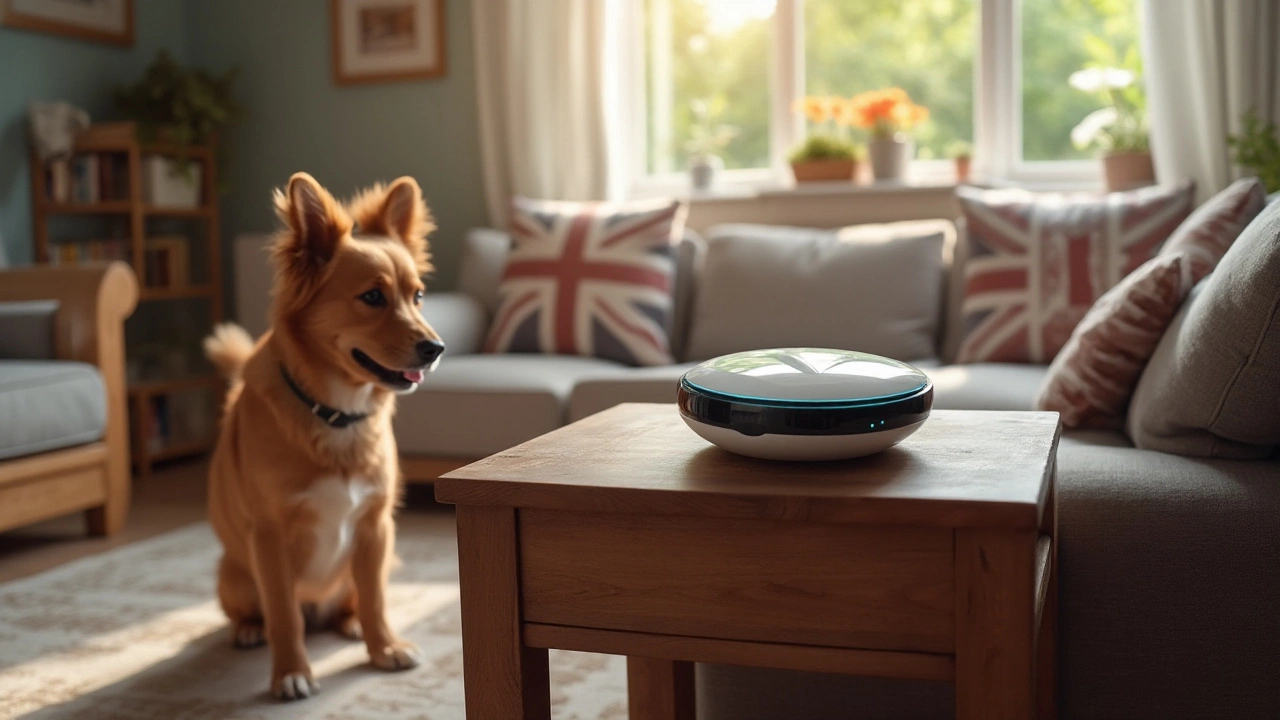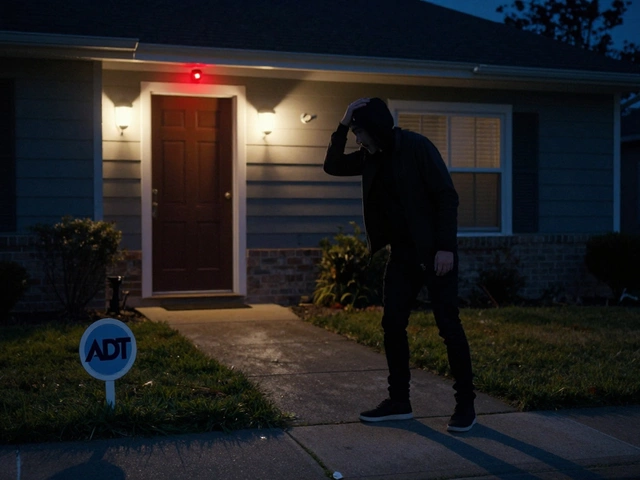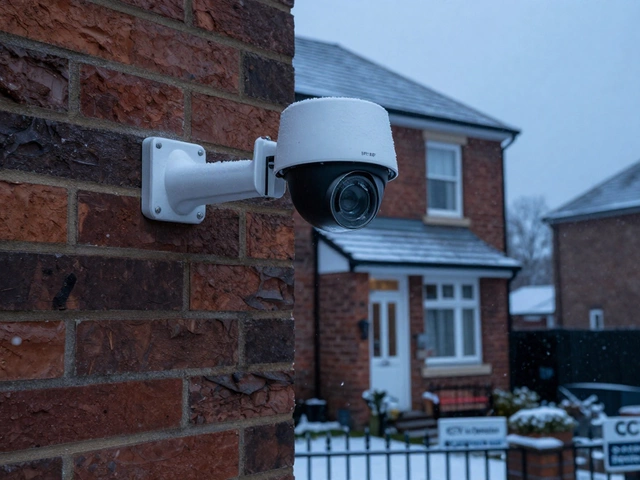Dog Barking Device: What It Is and How It Works
If your pup is turning your street into a concert, a dog barking device might be the fix you need. These gadgets detect a bark and give a quick, harmless signal—usually a sound, vibration, or mild static pulse—to remind your dog to stay quiet. The goal isn’t punishment, it’s training: teach the dog that barking gets a tiny correction, while quiet gets praise.
Types of Barking Devices and When to Use Them
There are three main styles on the UK market:
- Sound‑only devices: Emit a sharp beep when they hear a bark. Great for dogs that react to auditory cues and for owners who don’t want any electricity involved.
- Vibration collars: Produce a gentle buzz. Perfect for sensitive dogs who might get scared by loud noises but still need a clear reminder.
- Static (spritz) collars: Deliver a tiny static pulse. These are the most common and work well when you need a stronger cue, but they should be used responsibly and only on dogs over 12 weeks.
Most modern devices let you adjust the sensitivity and correction level, so you can start low and step up only if needed.
Installing and Using Your Barking Device Safely
Installation is usually a breeze. Slide the collar on, make sure it sits snugly but not too tight—two fingers should fit between the collar and your dog’s neck. Turn the device on, set the detection range (usually 70‑90 dB works for most barks) and choose the correction type you prefer.
When you first start using it, keep sessions short—five minutes a few times a day. Watch your dog’s reaction; if it seems scared or stressed, lower the correction intensity or switch to a sound‑only model. Pair the device with positive reinforcement: give treats or praise when the dog stops barking after a cue.
Remember, a barking device isn’t a magic button. It works best when you combine it with basic training, enough exercise, and mental stimulation. A tired dog barks less, so daily walks or fetch sessions are a must.
In the UK, there are a few legal points to keep in mind. The Animal Welfare Act expects you to avoid unnecessary pain, so you must never set a static collar to the highest level. Also, check local council bylaws—some neighborhoods have noise restrictions that could affect how you use the device in shared spaces.
Finally, consider the broader security angle. A quieter yard means fewer disturbances for neighbours, fewer false alarms on nearby alarm systems, and a calmer environment for your own security cameras to capture clear footage.
Choosing the right device boils down to your dog’s temperament, your comfort level with correction methods, and how much you can adjust the settings. Read reviews, ask your vet, and start low. With the right approach, a dog barking device can turn endless yaps into peaceful evenings for everyone.






